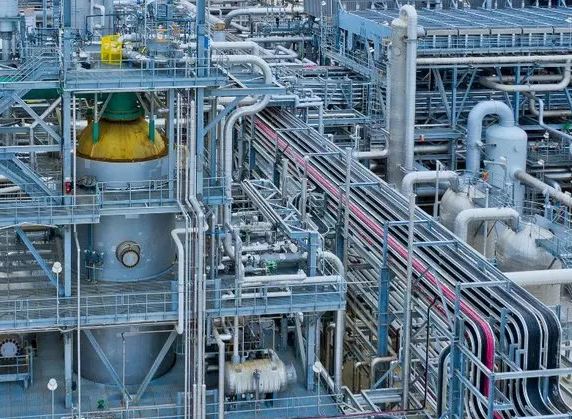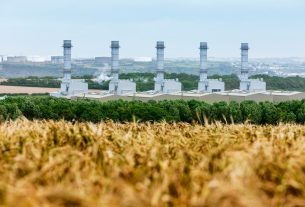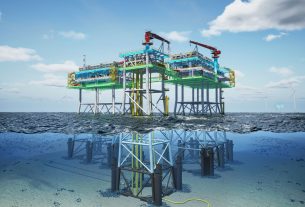France – Air Liquide is joining forces with KBR to provide fully integrated low-carbon ammonia solutions based on Autothermal Reforming (ATR) technology.
As the world leader in ATR technology, Air Liquide specializes in large-scale production of low-carbon hydrogen (H(2)), which is subsequently combined with nitrogen (N(2)) to yield low-carbon ammonia (NH(3)).
The integration of Air Liquide and KBR solutions facilitates outstanding energy efficiency and world-leading reliability during the production process, while also enabling a carbon capture rate of up to 99% in highly integrated industrial facilities when coupled with carbon capture technology.
The global ammonia market has witnessed impressive growth, reaching approximately 78 billion US dollars in 2022 and projected to surpass 129 billion US dollars by 2030. With an average annual growth rate of 6.5% between 2022 and 2030, as reported by Precedence Research, ammonia’s prominence as a fertilizer for agriculture remains significant.
Long-Term energy transition
Beyond immediate ammonia production, Air Liquide and KBR’s collaboration has broader implications for the energy transition. Ammonia’s exceptional transportability over long distances is leveraged to develop a global supply chain infrastructure, which is already in place for its large-scale production, transportation, and utilization. Importantly, ammonia can be converted back into hydrogen at the point of use, presenting an innovative approach to decarbonizing industries and transportation. As part of this long-term vision, Air Liquide announced the construction of an industrial-scale ammonia cracking pilot plant in Antwerp, Belgium, scheduled for March 2023. Through this innovative plant, ammonia can be converted into hydrogen with an optimized carbon footprint, further advancing sustainable practices.
By leveraging ATR technology and their respective expertise, the partnership will drive the production of low-carbon ammonia, which can be converted back into hydrogen to power industries and mobility, supporting global decarbonization goals.




